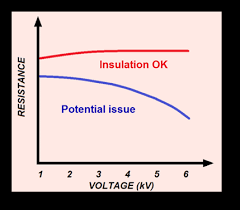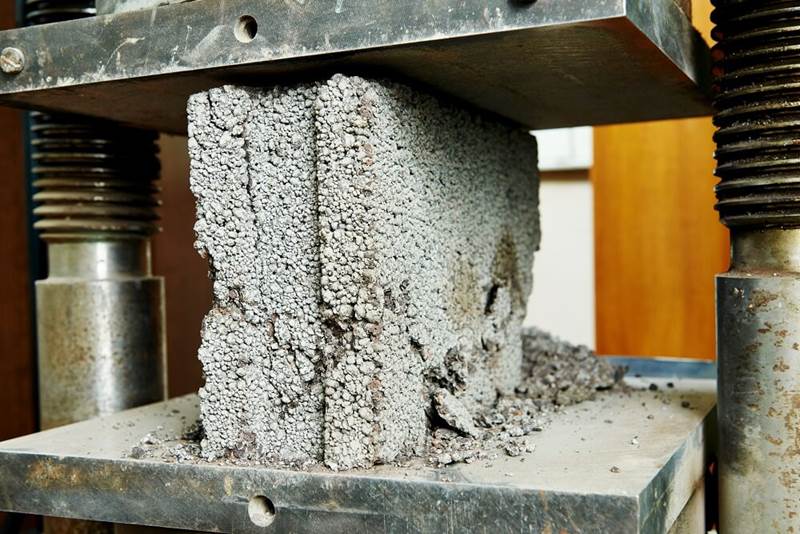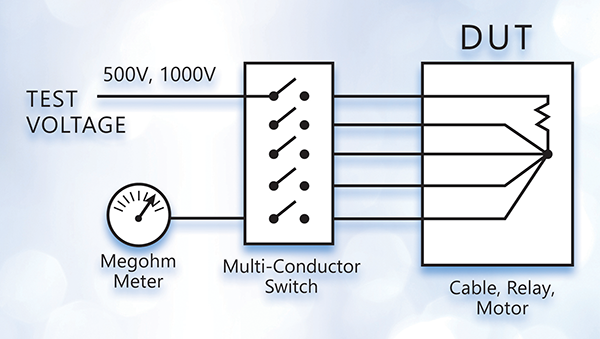Overview:
PPAP Level 3 is a part of the Production Part Approval Process, a standardized approach in the automotive industry for ensuring the quality and conformity of components and systems. Level 3 signifies a comprehensive submission package that includes all necessary documentation, measurements, and validation data to ensure that the production process can consistently reproduce parts meeting customer requirements. Continue reading “PPAP Level 3 Standards: Ensuring Production Part Approval and Quality”








